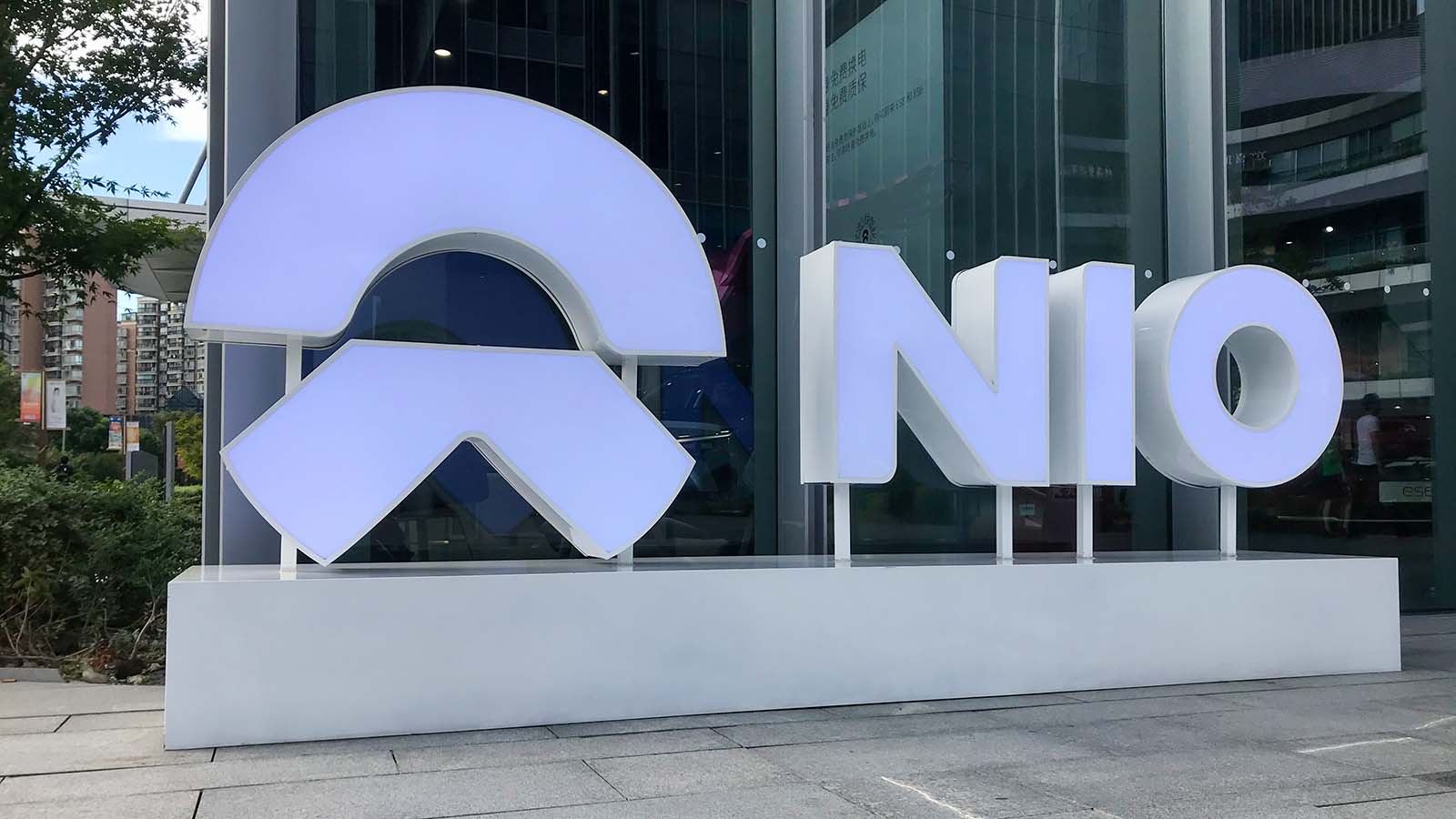One of the biggest truths in life, something that has kept my compass straight through trials and tribulations, is that you need to know the full story before making a decision. Therefore, when I see a positive income statement from a Chinese company like Nio (NYSE:NIO) — along with a Nio stock price that is up more than 1,040% year-to-date — I don’t immediately put all my eggs in that basket.

Because whether you’re getting involved in an American blue chip or wagering on a foreign electric-vehicle (EV) startup, you’ve got to do your own research. Thus, the point of this write-up on Nio stock isn’t to manufacture a “hit job,” as it’s known in market parlance. Rather, I’m here to connect some dots and guide you to information you may not have previously considered.
By the end of this article, if you feel more confident in Nio stock, congrats! You may be sitting on the next Tesla (NASDAQ:TSLA). But if not, you could be saving yourself some heartache, especially if you’re a prospective buyer.
Fundamental Issues Posing Challenges for Nio Stock
On paper, Nio stock has all the right ingredients to carry on to higher plateaus. Prior to the company’s most recent third-quarter earnings report, covering analysts “expected the electric-SUV maker to lose 15 cents a share vs. a net loss of 33 cents per share a year ago. Revenue is seen jumping 144% to $628 million,” according to Investors.com.
Instead, the loss on earnings per share was 12 cents, while NIO generated revenue of $666.6 million. Further, “Vehicle margin expanded to 14.5% from -6.8% a year ago and 9.7% in Q2. Available cash more than doubled from Q2 to $3.3 billion in Q3.”
Not surprisingly, many analysts see a renaissance of EVs in the Chinese automotive market. Indeed, Wedbush described this as an “arms race,” and who could blame the investment research firm? With massive capital raises from Xpeng Motors (NYSE:XPEV), Li Auto (NASDAQ:LI) and Tesla, we appear headed toward a remarkable growth narrative.
Though this seems net positive for Nio stock, we’ve got to remind ourselves that this arms race may be exactly what the EV market doesn’t need, especially in China.
Last year, Bloomberg contributor Adam Minter warned that the explosive growth in China’s EV sector was not sustainable, in large part because manufacturers — enjoying government subsidies so that Beijing could project economic might — were eschewing quality for quantity. Minter wrote:
“Often this fuels a race to the bottom, as companies see cutting corners and costs as the only way to stay afloat. Restrictions on imported cars, which might otherwise offer some competition, leave the low-end market to cutthroat Chinese rivals. The possibility that Tesla might now be implicated in quality scandals will cause some Chinese consumers to doubt whether even foreign manufacturers — a group that tends to be given a benefit of the doubt that local producers aren’t — are capable of making safe, quality electric vehicles.”
I highly recommend you read the article before buying Nio stock at these levels. That’s because Reuters confirmed that some Nio cars also don’t meet advertised performance metrics. At some point, you’ve got to figure that the quality degradation will hurt revenue, perhaps drastically.
Consumer Sentiment May Be the Smoking Gun
The above of course represents fundamental concerns. But the problem with fundamental analysis is that the market can stay irrational longer than you can stay solvent. Scream fundamentals all you want, if the technicals suggest that Nio stock is going higher, I wouldn’t bet against it.
But now that shares had their first real taste of red ink in a while, it’s time to ask: Are the technicals finally pricing in the risks associated with NIO at these levels?
From the data that I’ve compiled, I’m leaning toward the bearish direction. Primarily, my concern is that NIO stock has disassociated itself from Chinese consumer sentiment. And yes, that’s a huge source of anxiety because of the scale. I wouldn’t worry about consumer sentiment if the decision point was focused on whether or not to buy that extra cup of coffee.
But a $50,000 car? I’d like to know that the market can sustain such an extravagance before betting big.
Unfortunately, I’m not sure that it can. From September 2018 through December 2019, the consumer confidence index in China and NIO stock shared a 27% correlation coefficient. Generally, they ebbed and flowed in a similar manner. However, because consumer confidence is a leading indicator, statistically, the correlation is not significant.
Set that aside for a moment. Between January 2020 through September 2020 (the last date available from the National Bureau of Statistics of China), consumer confidence and NIO now registered a negative correlation coefficient of 15%.
Again, up 27%, down 15% are not within the range of what statisticians would consider a significant correlation. But my argument is that the delta, or the change between the coefficients, is significant. Because we’re in a situation where consumer confidence could be low, yet Nio stock is on a blisteringly bullish path.
To put it simply, it doesn’t make sense.
Watch Chinese Inflation Rates
The obvious counterargument to my cautious take on sentiment and NIO stock is that economic data lag. Therefore, it’s quite possible that consumer confidence as I write this is actually sky high. If that’s the case, Nio’s premium may be justified.
However, my counter-counterargument is that other economic data — also provided by the National Bureau of Statistics of China — confirm the reality of deflated consumer confidence.
Based on inflation data in China, the rate increased conspicuously between late Q3 and throughout Q4. This made sense as thawing U.S.-China relations signaled a return to normalcy for the international business community. But since the novel coronavirus pandemic, aside from a few brief periods of respite, the inflation rate has plummeted.
In fact, the rate cratered particularly sharply between September to November, dropping from 1.7% to 0.5%. So demand (i.e., price) for EVs is going up but inflation (i.e., also price) is going down? I mean, you can be the biggest bull in Nio stock, but you’ve got to admit this is extremely bizarre.
Personally, I don’t like it when enthusiasm contradicts the fundamentals. I’m not going to tell you what to do. But for me, I’m going to sit this out until NIO reaches a reasonable valuation.
On the date of publication, Josh Enomoto did not have (either directly or indirectly) any positions in the securities mentioned in this article.
A former senior business analyst for Sony Electronics, Josh Enomoto has helped broker major contracts with Fortune Global 500 companies. Over the past several years, he has delivered unique, critical insights for the investment markets, as well as various other industries including legal, construction management, and healthcare.
